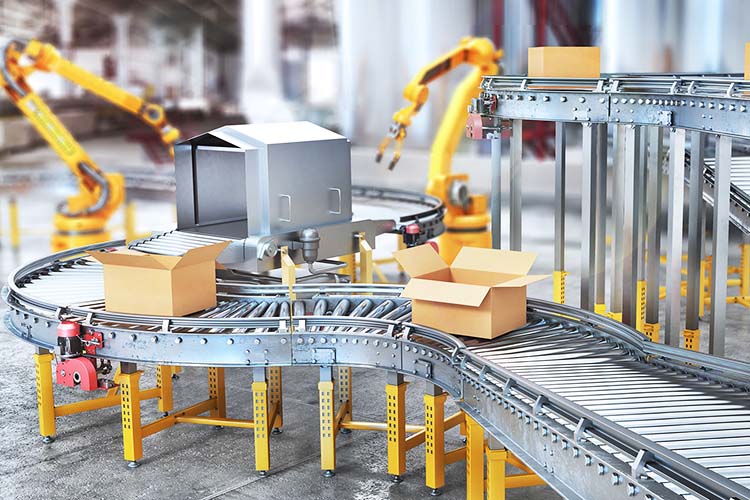Future Planning When Purchasing Packaging Equipment
Purchasing packaging equipment for a new project can be time-consuming, costly, and even confusing if the process is new to the purchaser. There are many different options even within a single machine category, and a lack of experience and knowledge can make it difficult to select the best equipment for the job. Unfortunately, for many who are new to packaging products, whether it’s distilled spirits, bottled water, shampoo, or any other product, terms such as overflow principles, spindle cappers, and induction sealers may not make much sense. Packaging machinery manufacturers can help new packagers with this task, but the analysis of packaging needs should not stop at choosing the right type of machine.
The initial purchase of packaging machinery should always be made with the future in mind in order to save the packager money and time. Most startup packagers are aware of the needs that must be met once production begins. However, building a packaging line that meets only those needs is usually a serious mistake. The ultimate goal of almost every packager is to grow or expand, adding shelf space or expanding distribution areas. By anticipating future growth, packaging equipment can be built to enable that growth and avoid the situation of having essentially useless machinery a year or two down the road. As mentioned above, equipment costs can be a significant expense, especially for automated systems, so new packagers need to balance their need for current cash flow with their desire to purchase equipment with a long expected life.

Points to consider when buying packaging machinery and planning for the future
- Different products and packaging – It’s safe to say that almost all packaging machinery is customized for the project at hand. Different container sizes and shapes, different cap types, product viscosity, and other factors can all affect the way a packaging line is designed. Keep in mind that if you plan to launch a different product or even a different package for the same product, the existing packaging machinery must be able to handle these additions, or an entirely new line will be required. For example, if a packager is starting with small one- or two-ounce bottles but wants to add larger bottles in the future, they should take care to ensure that the powered conveyor system used can be adjusted to handle larger containers. The same is true for separate packaging machinery, such as the filling machines or capping equipment mentioned above.
- Speed – Of course, the faster the machine runs, the higher the production requirements that can be met. One mistake is to buy packaging equipment that meets the current demand. For example, a filling machine may be able to complete fifty bottles per minute with ten filling heads, which meets the current demand for the product. However, by simply adding ports to the cans and filler bars, additional filler heads can be added in the future to accommodate higher demand. In another scenario, a company may purchase a semi-automatic filler to meet the demand for low to medium volumes. Such a filler can be built on the same frame as an automatic filler, and the equipment can handle higher volumes in the future if desired.
- Space – The actual physical location of the packaging machinery should always be considered. Companies that start production with filling and capping machines may not need an extensive production floor. In fact, packaging machinery can be built to work on a tabletop or single-frame system. However, if a company automates its processes one part at a time, keep in mind that additional equipment will require additional space. Likewise, companies with fully automated systems may want to add auxiliary equipment such as coders, induction sealers, neck belts, or other devices. Most automated equipment can simply be rolled into an existing conveyor system and can be easily integrated into an existing system if space is available. Conveyors can be attached to increase line space.
Giving yourself leeway in terms of speed, scope and space allows packaging systems to extend their own lifespan and saves packagers the time and money needed to purchase new equipment due to lack of analysis. The excitement of starting a new project or business will quickly fade if the unnecessary costs of packaging equipment are reintroduced year after year.
